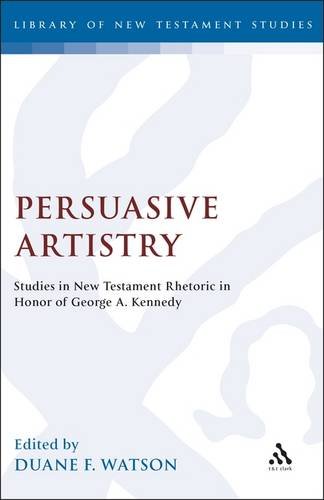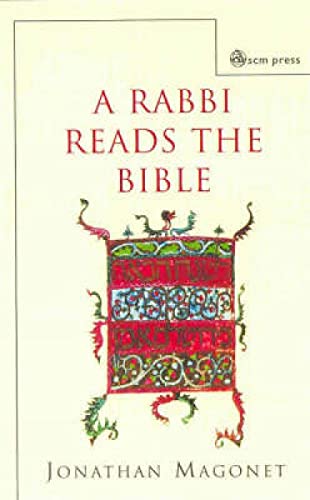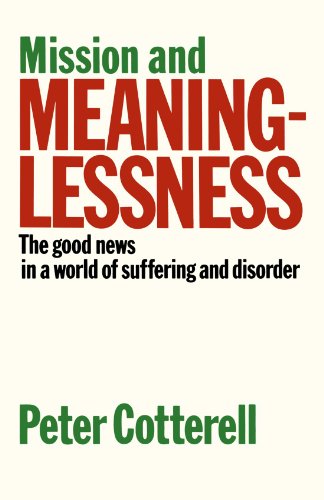Priesthood and Cult in Ancient Israel
Written by G A. Anderson and S.M. Olyan Reviewed By Philip JensonThe eight essays in this volume are a welcome contribution to the growing number of volumes concerned with the study of the worship of ancient Israel. There is deliberately no controlling theme or approach, although half the essays are devoted to the extensive cultic material in Leviticus and Numbers. Quotations from biblical and other languages are transliterated or translated in all the essays except that of Schwartz, which assumes a knowledge of Hebrew.
The first essay, by Gary A. Anderson, argues that there is a physical ritual movement expressing the change from the state of lamentation and near-death to the public prayer of praise that testifies to God’s help. Baruch J. Schwartz encourages scholars to perform ‘close reading’ of legal texts as well as narratives. He proposes that Leviticus 17 has a novel interpretation of the term kpr. Normally this is translated ‘atone’ or ‘purge’, but in this text it should be related to the ‘ransom’ noun, so that sacrifice is understood to be a God-given acceptance of the life of the victim for the life of the offerer. James C. Vanderkam submits Cross’s hypothesis of an original expanded list of high priests in Nehemiah 12:10–11 to a careful examination and concludes that it is unlikely and unnecessary. Susan Ackerman discusses Greek and ancient Near Eastern evidence in arguing that Genesis 27–28 betrays elements of an original incubation ritual. In a wide-ranging survey, Saul M. Olyan persuasively argues that Amos 8:14 is one of a number of criticisms of a Yahwistic piety that lacks the necessary accompanying covenantal behaviour. The puzzling ‘way’ (nrsv) should be emended to ‘your kinsman’ as an epithet of Yahweh, so that the verse alludes to oaths to Yahweh sworn during a pilgrimage. David P. Wright discusses the character of impurity in the priestly texts. He helpfully distinguishes between tolerated ritual impurities and prohibited moral impurities, but also shows how the two types are related in significant ways and are intended to form an obedient people. Jacob Milgrom suggests a four-stage growth in the development of Leviticus 11. Israel Knohl proposes that the law of the sin offering in Numbers 15:22–31 belongs to the Holiness Code. It seeks to supplement and comment on the law of Leviticus 4.
Of interest are the different interests evident in the essays. Those by Vanderkam, Ackerman and Olyan are good examples of the traditional quest for the origins of a text, pursued with the help of careful historical investigation. The essays on Leviticus and Numbers do not avoid issues of internal complexity and historical development, but engage rather more with the larger interpretative issues that inform what we study and how we understand what we read. I found the essays by Schwartz and Wright particularly stimulating in this regard and important reading for anyone interested in the meaning of sacrifice. While too detailed and diverse for most individuals to purchase, most of the essays are accessible to non-specialists and the book is recommended for libraries.
Philip Jenson
Trinity College, Bristol







